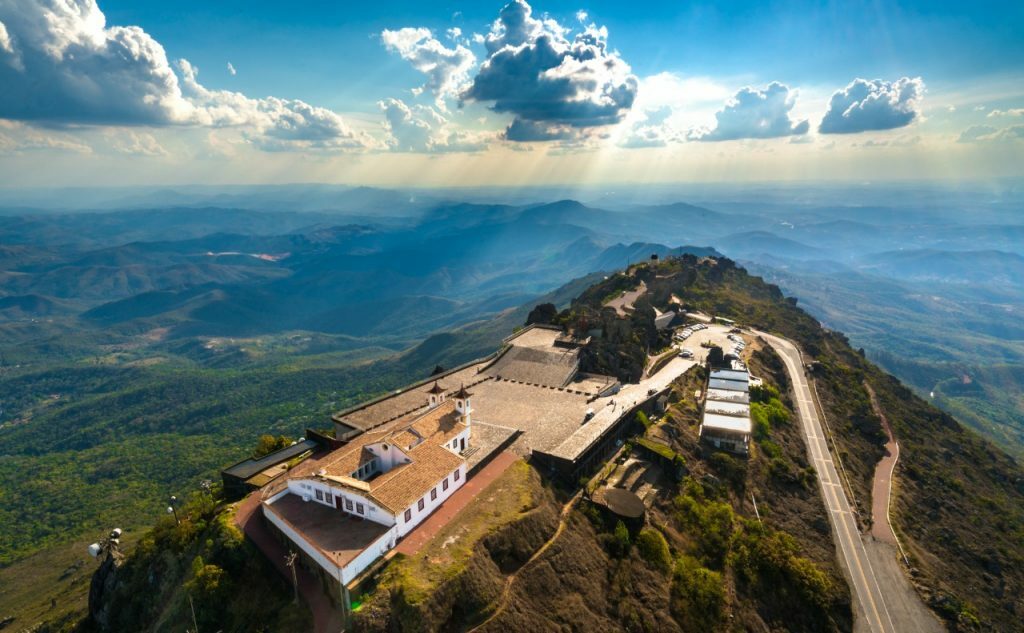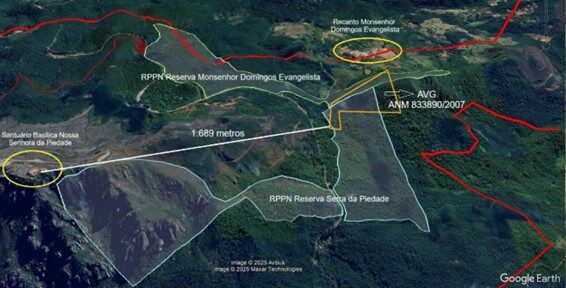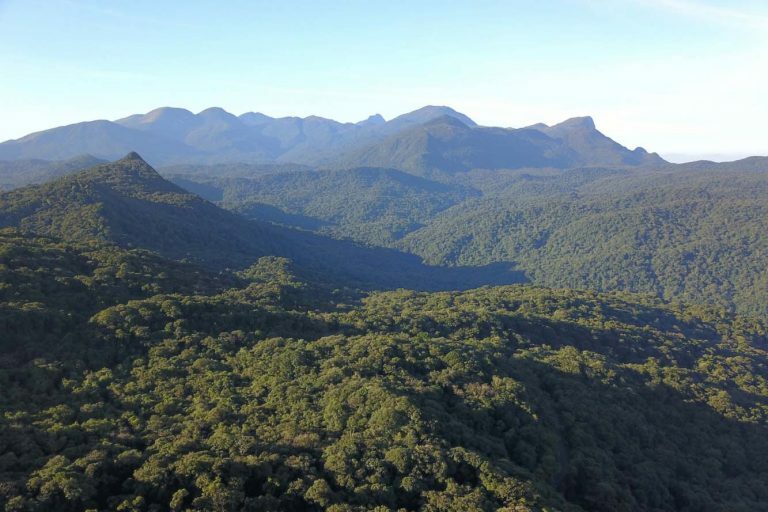Story by Jonathan Watts, Patrick Greenfield and Bibi Van Der Zee, originally published on The Guardian
The Mining Observatory contributed with research and a interview for this story. Other contributors include Pablo Pires Fernandes. Data checked on Refinitiv. Only the mining part are republished here. Read the full story on Guardian website.
Image: Vale iron ore project inside National Forest of Carajás in Pará / Agência Brasil
A handful of global giants dominate the industrialisation of the Amazon rainforest, extracting tens of billions of dollars of raw materials every year, according to an analysis that highlights how much value is being sucked out of the region with relatively little going back in.
But even as the pace of deforestation hits record highs while standards of living in the Amazon are among the lowest in Brazil, the true scale of extraction remains unknown, with basic details about cattle ranching, logging and mining hard to establish despite efforts to ban commodities linked to its destruction.
From the world’s largest iron ore mine to a ranching industry that slaughters more than 6 million animals a year, the Guardian analysis – carried out as part of a joint project with Forbidden Stories to mark the anniversary of the killings of Bruno Pereira and Dom Phillips – shows how the world’s most biodiverse land is now also a home to industrial powerhouses. The firms are sources of economic growth and employment for the communities and for the country. But they are operating in an environment – the world’s largest rainforest and a critical carbon sink – that presents unusual challenges.
These companies’ commitments to Amazon restoration vary enormously. If their operations can be consolidated and made more transparent and accountable, they have the financial power to be part of the solution for the rainforest, rather than the problem – as some have been until now. This is essential because the degradation of the Amazon is approaching a tipping point, after which the forest will start to dry up and lose its globally important function as a climate regulator.
Using company records, financial data and scientific studies, the Guardian has tried to establish the value of goods that are commonly extracted from the Brazilian Amazon, including through gold, iron ore and bauxite mining, cattle ranching, soy farming, pulp production and the logging industry.


Mining
In terms of revenue, one company stands head and shoulders above the others: since 2010, the Brazilian mining company Vale has extracted more than 4bn tonnes of iron ore from Carajás mine, in the state of Pará, worth $220bn (£176bn), according to the analysis.
Pará is also home to Alunorte, the biggest aluminium refinery outside China, generating about $15.3bn in revenue since 2014 for the Norwegian mining firm Norsk Hydro, which is part-owned by the Norwegian government.
Alcoa and MRN lag behind these vast numbers, but they too are realising large revenues. Alcoa, a Pittsburgh company that has only recently moved into the Amazon, does not release figures that are easily interpretable. MRN, a subsidiary of Vale, has produced bauxite ore worth $8.3bn since 2013 from its operation in Pará.
The mining sector, by far the most financially lucrative Amazon activity, includes many small firms, with more than $4.2bn of gold extracted between 2018 and 2022 by artisan producers, according to analysis of figures provided by Refinitiv, part of the London Stock Exchange Group. But the lion’s share goes to the big companies at the top.
Maurício Angelo, the founder of the Mining Observatory, notes that the area occupied by legal industrial mining in Brazil has grown sevenfold since 1985. He says this expansion brings huge environmental liabilities, including infrastructure (roads, hydroelectric plants, ports, railroads.) as well as the removal of traditional peoples, and the threat of disaster.
Overall, he says, the industry has never lived up to its claims of sustainability. “Mining did not deliver the development it promised and confined cities and entire regions to underdevelopment, with very low quality of life, few and precarious jobs, with huge environmental liabilities and almost no practical return for society.”
Vale says it is aware that as a company it has a responsibility to “contribute to socioeconomic development and establish relationships of respect and trust in the territories where it is present”. It says it has invested more than 1bn Brazilian reais (about $200m) over the last decade in protection, research, territorial development and cultural incentive actions in the Amazon.
‘Giving something back’
In response to the Guardian’s analysis, several of the companies said they contributed to the local economy, followed national laws and tried to minimise their environmental impact. Their responses give an idea of the varying levels of commitment to “giving something back”.
The mining firm Vale stressed the role it plays in the local and Brazilian economy, saying the Carajas complex and other operations in the Amazon accounted for almost half of all Brazil’s mineral exports, and it protected more than 800,000 hectares (2m acres) of rainforest in the state of Pará in partnership with Instituto Chico Mendes de Conservação da Biodiversidade. Vale said it “reaffirms its commitment to transparency and sustainable mining, promoting socioeconomic development and conservation in the areas where it operates”.
Norsk Hydro said it had been established since 1905, with social responsibility as part of its culture. However, the move from joint venture ownerships to becoming an operator of large plants in remote areas of Brazil had been a steep learning curve. “We work closely with the communities where we operate. After the Brazil rainfall in 2018, we realised our relationship and trust from our neighbours wasn’t as good as it should have been, so we have made efforts to improve our dialogue with local communities. We focus in particular on enabling young people to get an education, and on improving and implementing new technologies in our operations to reduce our impact,” it said.
Fonte
O post “Mining profits at the expense of Amazon rainforest” foi publicado em 07/07/2023 e pode ser visto originalmente diretamente na fonte Observatório da Mineração






